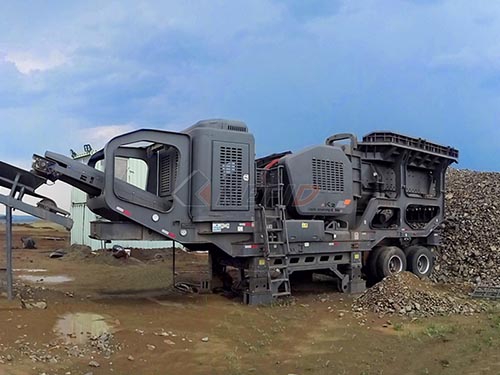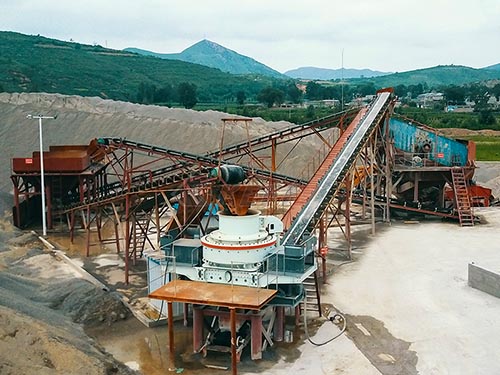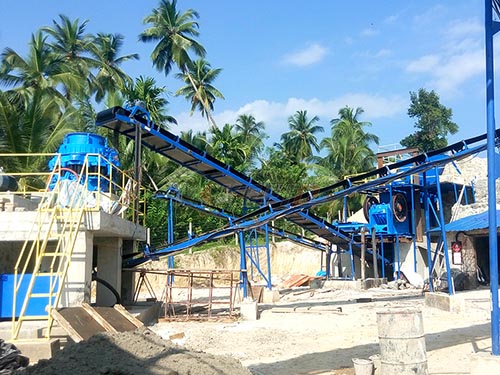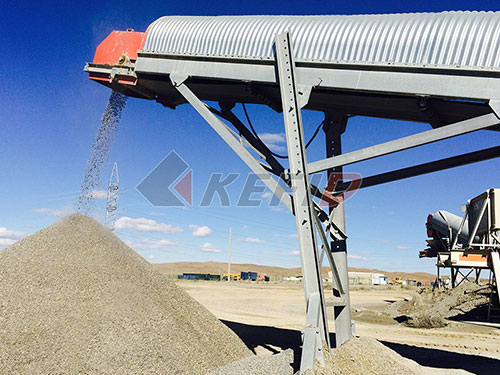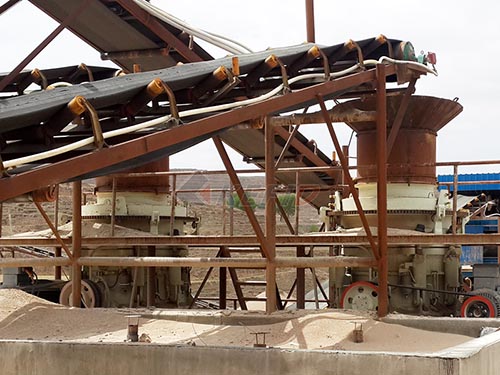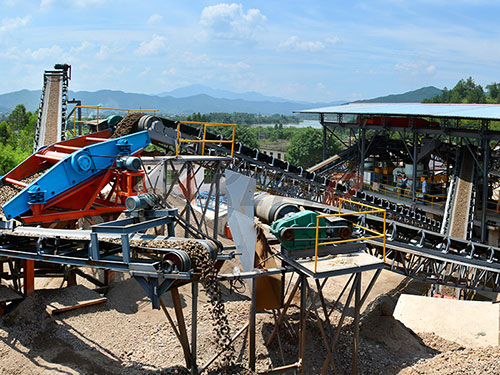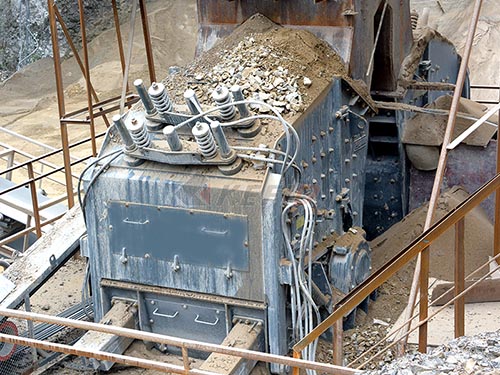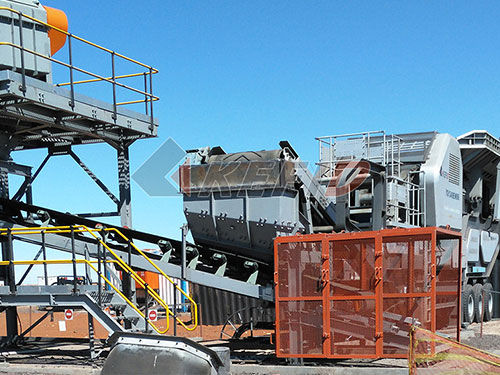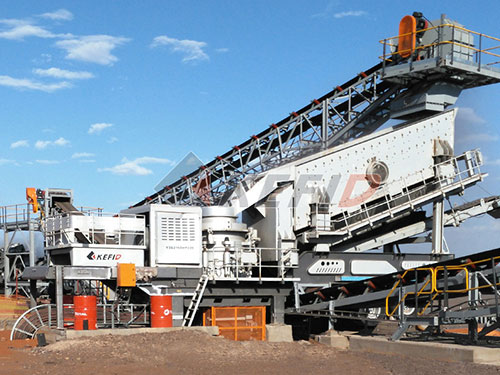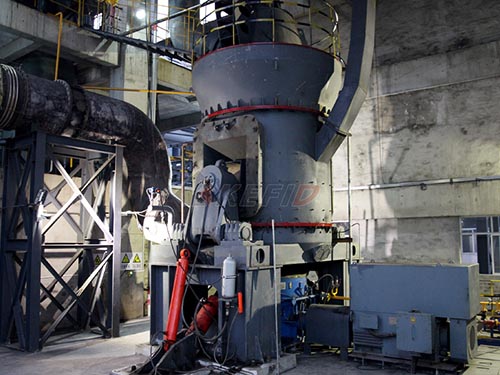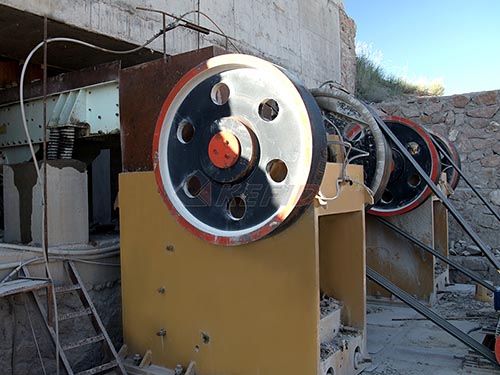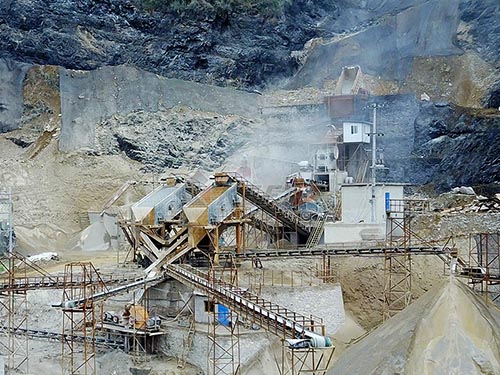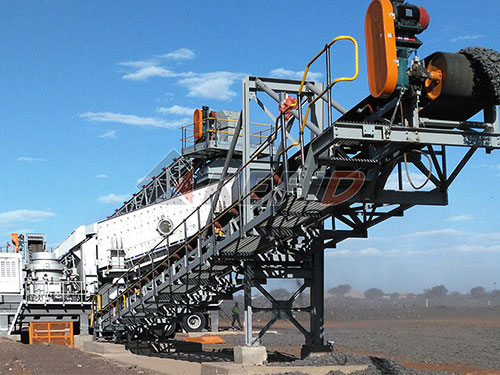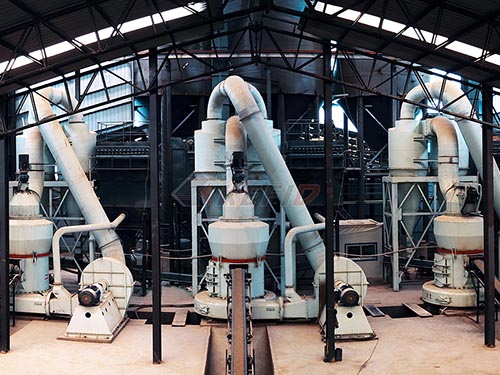Concrete Crushing in Grand Rapids: Your Sustainable Solution for Construction Waste
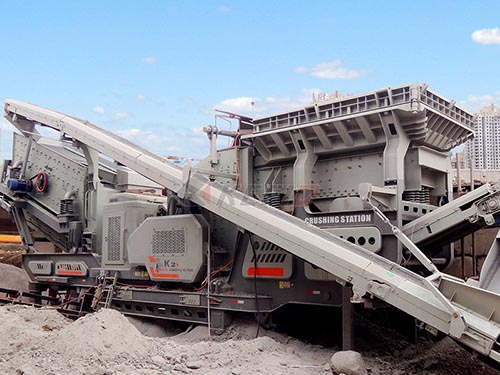
Grand Rapids, a city constantly evolving with new developments, infrastructure upgrades, and renovation projects, inevitably generates significant amounts of concrete rubble. Discarding this heavy, bulky material in landfills is not only costly but environmentally unsustainable. This is where professional concrete crushing services in Grand Rapids step in, offering a powerful and eco-friendly alternative: transforming demolition debris into valuable recycled construction aggregates right at your site.
Why Choose On-Site Concrete Crushing?
Traditional disposal methods involve hauling broken concrete to distant landfills, incurring substantial transportation fees and tipping charges. On-site crushing eliminates these costs by processing the material directly where it’s generated – your demolition site, construction zone, or property cleanup project. The benefits are compelling:
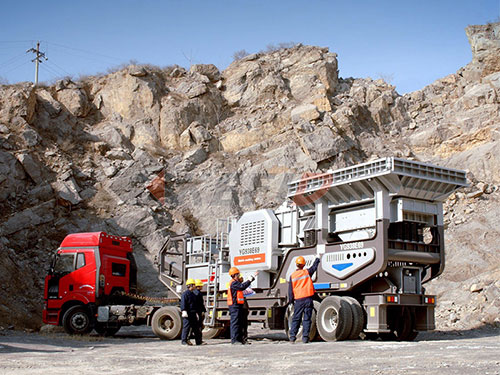
1. Significant Cost Savings: Dramatically reduce or eliminate hauling and landfill tipping fees.
2. Environmental Responsibility: Divert tons of concrete waste from landfills, conserving precious space and reducing the carbon footprint associated with long-distance transport and virgin aggregate mining.
3. Creation of Valuable Resources: Crushed concrete (often called Recycled Concrete Aggregate – RCA) is a high-quality, versatile material with numerous applications.
4. Convenience & Efficiency: Mobile crushers come to you, minimizing project disruption and streamlining the waste management process.
5. Foundation Stability: Using crushed concrete as a base layer provides excellent compaction and stability for new construction or driveways.
How Does Concrete Crushing Work in Grand Rapids?
Modern concrete crushing services utilize advanced mobile crushing plants that can be set up directly at your location within the Grand Rapids area or surrounding West Michigan communities like Wyoming, Kentwood, Walker, or Comstock Park. The typical process involves:
1. Preparation: Clean concrete debris (free of excessive rebar, wood, trash, or other contaminants) is gathered.
2. Primary Crushing: Large chunks are fed into a powerful jaw crusher that breaks them down into smaller pieces.
3. Secondary Processing/Screening: Material often passes through an impact crusher for further refinement and then over vibrating screens to separate it into specific sizes (e.g., 1-1/2″ down to fines/stone dust).
4. Stockpiling: The resulting clean crushed aggregate is stockpiled on-site for immediate reuse.
What Can Recycled Crushed Concrete Be Used For?
The RCA produced by Grand Rapids crushing services meets stringent quality standards (often matching or exceeding MD

